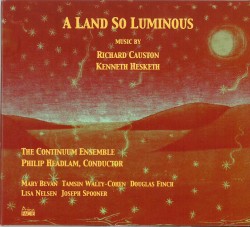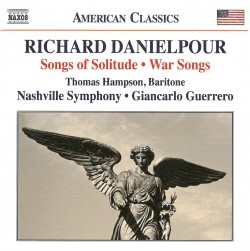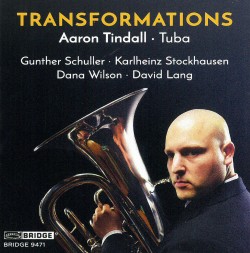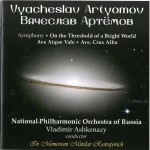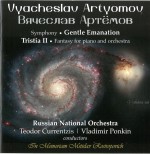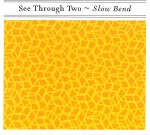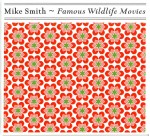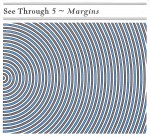Wind blown: Sonatas for wind instruments by Peter Hope - Various Artists
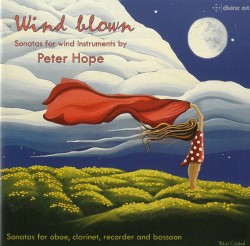 Wind blown – Sonatas for wind instruments by Peter Hope
Wind blown – Sonatas for wind instruments by Peter Hope
Various Artists
Divine Art dda 25137
(divineartrecords.com)
Review
Wistful sentiments dominate the opening moments of most of the works on this collection of wind music by British composer Peter Hope. His music can be called contemporary in terms of date (all six works were composed in the space of six years, between 2009 and 2015) but in character it’s all unabashedly anachronistic. As capably written as the pieces are, one can only imagine Hope has determined that the harmonic and rhythmic language of the most conservative 20th-century composers is sufficient to his artistic needs. The writing for recorder goes even further back in time, echoing the pre-Baroque era with open parallel harmonies. He ventures into the popular idioms of jazz and klezmer styles, which sadly come off as cliché to such a jaded ear as mine. It is music that remains by the hearth in the library, caftan-wrapped, brandy snifter at hand, faithful hound at its feet. It is comfortable and, for those seeking such, comforting.
All performances are quite good, and the production is untainted by excessive reverb, the sound clean and direct. The piano balances the soloists on all the sonatas, while remaining clear and forthright. The instruments are each presented with all their idiosyncrasies, close-miked enough to catch tone-hole whistles yet not such that any warts are apparent. Kudos to engineer Richard Scott for capturing a soundscape so familiar to the undergraduate ear – that of the academic recital hall – in this case the one at Royal Northern College of Music in Manchester.


